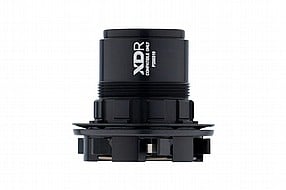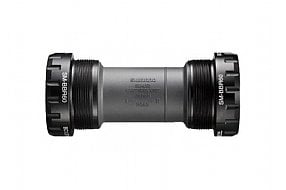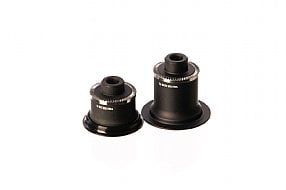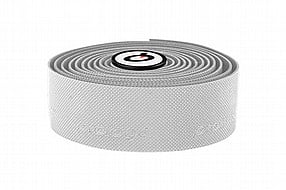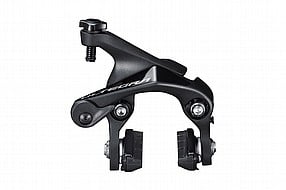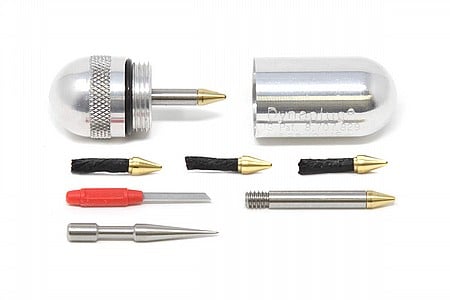
I love these things. I use/have Dyna plug kits in my motorcycles - i've used them with good success. To be honest, i haven't used them on a bicycle yet. (How's that for insurance?)
i bought my first one when I rode sweep for the Boise Gravel Gala. (My daughter helps organize it.) I needed a good tire repair kit incase riders had flats. Didn't need it - back to that insurance deal.
I finally bought a mountain bike and a gravel bike, so i bought one for each. This way, should i have a flat, I'll be ready. Knock on wood - no flats yet.
This isn't cheap, but it's well packaged, and looks cool as heck.
All three of mine have been purple. So pretty! I
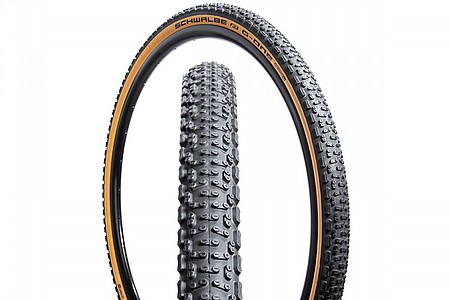
Happy with the purchase, Now that I have ridden these for a bunch of rides, mostly in the wet and soggy days of Portland Oregon. They really track well on our soft, soggy, mushy routes. Have not had any slips or slides, they rail the turns, stay planted on climbs, even on the short punchy ones out of the saddle. I usually ride a few miles to the off pavement area's, and do not find them to be draggy, I thought they would be, but I'm impressed. This is kind of an update from early November 2025.
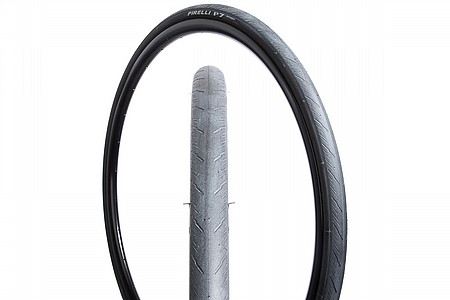
I ride 4 to 6 thousand miles a year and value durability and puncture resistance. I have about a thousand miles on these now and they're solid. They definitely don't feel slow, and I have not experienced a flat. Some reviewers have mentioned that they are easy to mount, but I didn't find them especially so. I'd say they were no better or worse to mount than other recent tires I've used. I will likely purchase these again when they wear out.

While I don't have prior road-specific tubeless tire experience, this product is pretty great. Bead was fairly tight for initial installation, but subsequent removal and remounting is a breeze. Air retention between rides is pretty impressive too (Stan's Grail ZTR). Confident, snappy handling on smooth surfaces and tough on mixed surfaces, including light gravel and chip-seal - no apparent knicks from those harsher surfaces.
No opportunities to ride on wet pavement yet, so I can't vouch for that. They do feel a little softer and slower than the Gatorskins (also 700c 32mm) on my touring bike, so I would expect very good grip in the rain.
Definitely will consider in the future.

